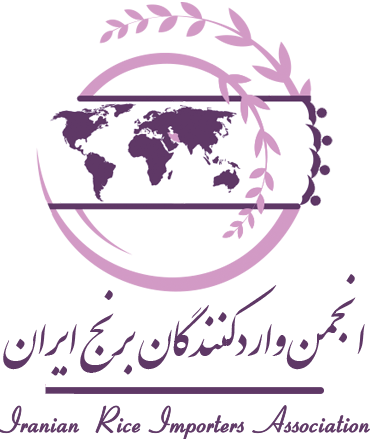Rice Market in IRAN
Introduction
Rice is a staple food in Iran, playing a crucial role in the dietary habits of its population. It is considered a strategic and essential commodity, forming the basis of the daily diet for many Iranians. Despite being one of the largest consumers of rice in the world, Iran faces challenges in meeting its domestic demand through local production alone, leading to a reliance on imports.
History and Background of Rice Production
Rice cultivation in Iran dates back centuries, with a rich history that reflects the agricultural traditions of the region. The main rice-growing regions, Gillan and Mazandaran provinces, are known for their favorable climatic conditions and fertile soils. Over the years, the types of rice cultivated have evolved, with local varieties.
Rice Production in Iran
The average long-term annual production of rice in Iran is approximately 2 million tons. However, domestic rice production faces several challenges, including water scarcity, aging agricultural infrastructure, and the impact of climate change. These factors contribute to the difficulty in increasing production levels to meet growing demand.
Role of Rice in Culture
Rice holds significant cultural importance in Iran, featuring prominently in various ceremonies and celebrations.
Rice Imports
Iran’s annual rice requirement, based on a per capita consumption of 40 kilograms, amounts to around 3.6 million tons. This indicates a significant gap between domestic production and consumption. To bridge this gap, Iran has turned to international markets, importing rice predominantly from major exporters like India and Pakistan, which account for a significant portion of total imports. Additionally, a portion of the imports is carried out by the government as part of strategic reserves, highlighting the importance of rice in ensuring food security.
National Rice Demand
The demand for rice in Iran is influenced by population growth and changing dietary preferences. With an estimated consumption of 3.6 million tons, the country relies remarkable on imported rice to satisfy its needs. The disparity between local production and consumption underscores the urgency for strategic policies aimed at enhancing domestic production capabilities and ensuring food security.
Impact of Climate Change
Climate change poses a significant threat to rice production in Iran. Increasing temperatures, changing rainfall patterns, and extreme weather events can adversely affect crop yields. Sustainable agricultural practices and water management strategies are essential to mitigate these impacts and ensure the resilience of rice production.
Market Trends and Prices
Analyzing price trends in the domestic rice market reveals fluctuations influenced by various factors, including supply chain disruptions, seasonal changes, and import policies. Understanding these trends can help stakeholders make informed decisions regarding production and distribution.
Government Policies and Support Programs
The Iranian government has implemented various policies to support rice production and imports. These policies aim to stabilize prices and ensure quality control in both domestic and imported rice. Continuous evaluation of these policies is essential for effective management.
Role of the Private Sector and International Cooperation
The private sector plays a crucial role in the supply chain of rice in Iran, from import to distribution. Encouraging collaboration between private enterprises and government bodies can enhance efficiency and innovation in the rice sector. Additionally, exploring international partnerships can facilitate knowledge exchange and investment opportunities.
Conclusion
To ensure a stable supply of rice in Iran, it is essential to implement effective policies that address the challenges faced by local producers. Furthermore, fostering strong trade relationships with major rice-exporting countries like India and Pakistan will be vital for maintaining a steady supply of this essential staple. By addressing these issues comprehensively, Iran can work toward achieving food security and enhancing its agricultural sector.
—

